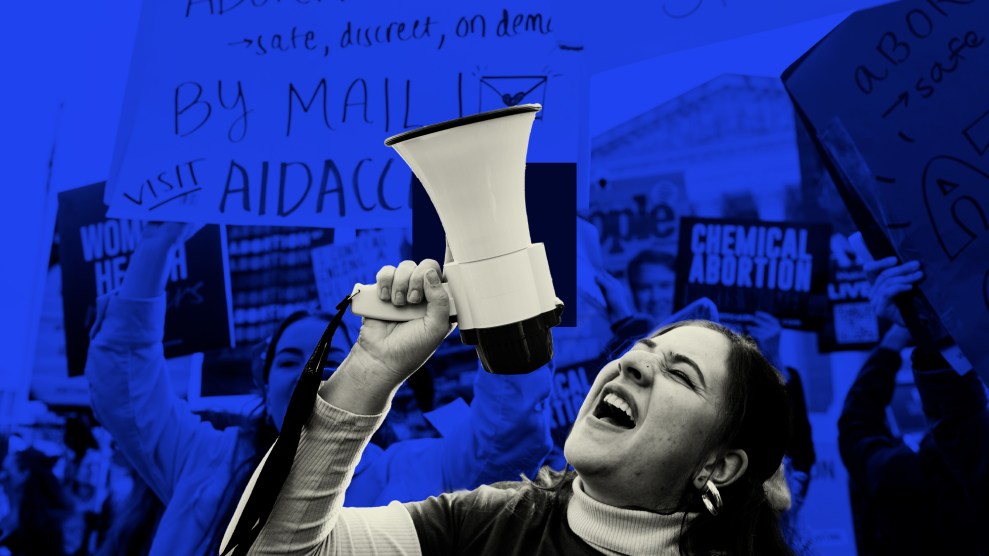Another day, another poll on Rep. Paul Ryan’s plan to voucherize Medicare. The latest one comes from two liberal groups, Herndon Alliance and Know Your Care, which found that voters rejected RyanCare by a 16-point margin, with 54 percent of voters opposing the plan and 38 percent supporting it.
Via Greg Sargent, here’s the way the plan was described to voters: “Instead of the government paying doctors and hospitals directly for treating seniors as Medicare does now, the government would provide vouchers to help seniors buy their own private health insurance policy.” Among two key voting blocs, opposition was even more adamant, with nearly 58 percent of seniors and 60 percent of independents rejecting the plan.
But as Jonathan Chait points out, it’s important to take all these one-off polls with a grain of salt, particularly those commissioned by groups with an agenda. “Advocacy groups for every cause under the sun like to commission polls that show that the public agrees with them, and it can almost always be done if the wording is just right. If that somehow fails, the pollster-for-hire can present the respondents with arguments that are designed to push them toward the desired result,” Chait writes.
What’s more, the problem with this type of poll is that they often pose the question outside of a broader political discussion or debate—the context in which voters are far more likely to encounter them, as opposed to a succinct, one-message description. To that end, Nate Silver highlights a poll recently conducted by the non-partisan Kaiser Family Foundation that presented voters with the broader arguments that the supporters and opponents of RyanCare have been making:
To the 50 percent who were opposed to the plan originally, Kaiser recited a series of arguments that resemble those that Mr. Ryan himself is making: That the plan would reduce the deficit, that the plan would increase choice and that it would save Medicare from fiscal insolvency. Some respondents, 17 percent of those who were originally opposed to the plan, changed their mind after hearing these arguments.
Meanwhile, to the voters who originally supported the plan, Kaiser read another set of arguments, those which resemble the ones that Democrats are making. They said that the plan would increase health care costs and reduce benefits, would do too much to empower private insurance companies, and would “eliminate traditional Medicare.” Upon hearing these arguments, 42 percent of voters who originally supported the plans changed their minds and said they were no longer in favor of it.
Democrats, in other words, seem to have the more persuasive side of the argument — their case was more than twice as likely to change a voter’s mind.
So while both the Herndon Alliance/Know Your Care and Kaiser polls are likely to cheer Democrats who are betting that RyanCare is widely unpopular, the results of the latter may be a better indicator of how voters will really react to Democratic entreaties to reject the GOP plan.












